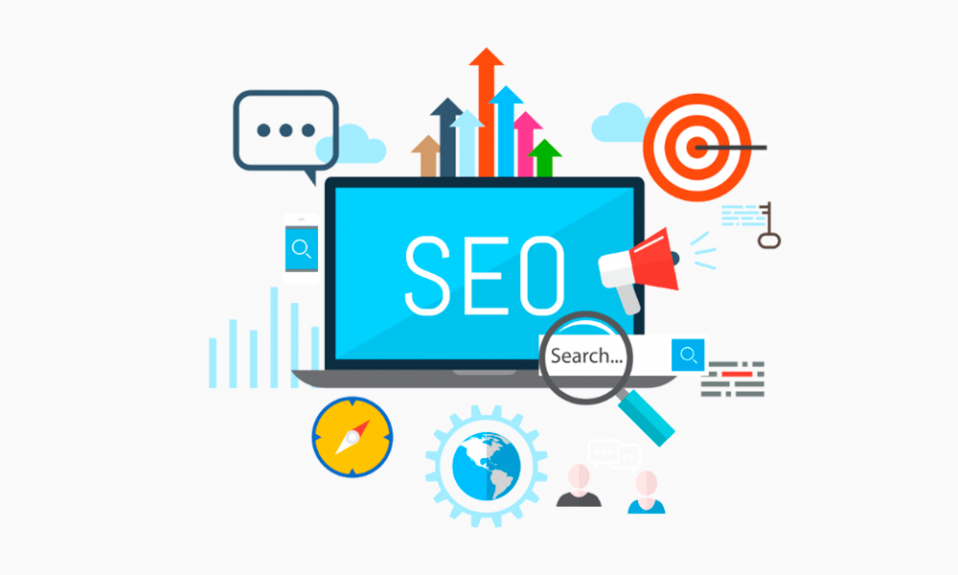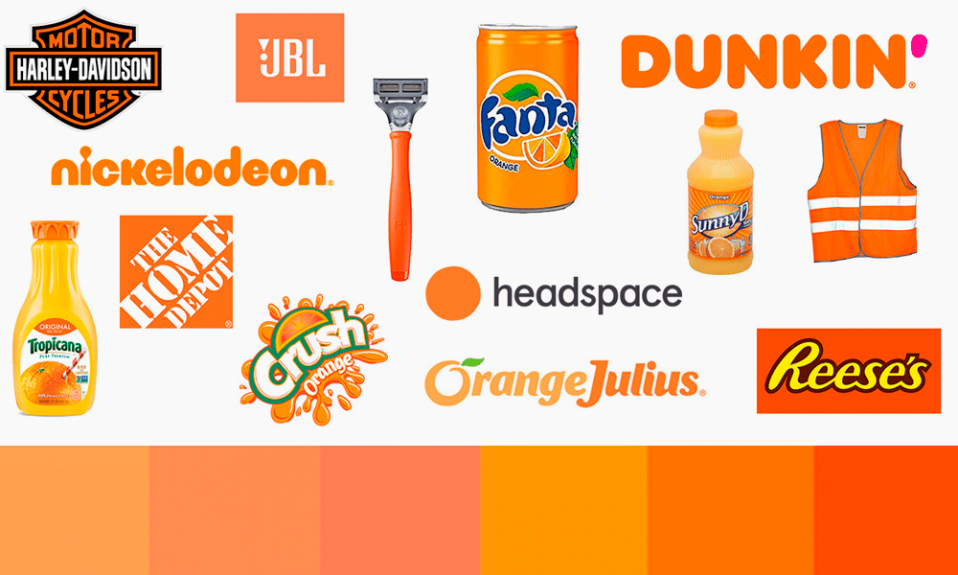Corporate branding is an important part of any company. It is a complex of measures, through which the project acquires recognition and develops in the market. Each organization, even a very small one, should be different from others, have its own trademarks and visual concept. In fact, corporate branding is created to build communication with potential and regular customers.
Create your own logo with Turbologo logo maker. It takes less than 5 minutes and no design skills needed.
Go to Logo MakerWith the help of a set of branding tools it is possible to tell the target audience about the mission and priorities of the project, to convey the main strategies of work, etc.
First of all, corporate branding is designed to promote a company, not specific goods and services. Creating the image of the project implies the development of volumetric strategies, thinking through visual and semantic details. Correct positioning is excellent for attracting target customers: it allows you to convey the main values and create a positive impression of the company.
Table of Contents
Elements of corporate branding
The main components of corporate branding are:
- a message – a special message to the audience and/or partners;
- graphic component, including fonts, illustrations, compositional component, etc.
- a unique brand of the company – the logo;
- visual design of the project (site, office, etc.)
- advertising strategy: it is important to develop an interesting, original concept to promote the brand, its products and services
- corporate ethics, tactics of interaction within the team and with employees.
What kind of companies need to develop corporate branding?

The formation of a positioning concept is significant for every project, even if we are talking about a local startup. In particular, corporate branding is important for companies
facing “information asymmetry” – a situation where customers are poorly informed about the products and the company itself, have no sense of trust, doubt the quality of work;
needing to increase customer loyalty;
seeking to attract new partners.
Where do I start developing corporate branding?

1. Market analytics
Assessing the situation in a particular niche, studying its features, considering the advantages of competitors. This step implies the determination of the current state of affairs on the market.
2. Creation of a unique selling proposition
This step implies the creation of a value for the product/service, or the artificial creation of value for the target audience.
3. The first step is to define a strategy of company positioning
This step implies the designation of principles, which the project plans to follow; the idea, which is going to attract consumers.
During the development of corporate branding, it is desirable to choose the concept of further development of the company – a stretch or expansion of the project. In the first case, it implies the manufacture of new products for an already loyal audience. In the second case, the market launch of products and services for a new target audience.
4. Creation of corporate branding – the choice of project name
This is not an easy task: it is necessary to approach the development of a name creatively. However, it is important to make sure that the name remains simple and clear, and most importantly – reflects the main concept.
It is recommended to treat naming as responsibly as possible. Of course, no one forbids to change the “name” later, but to maintain its position in the market, deciding to radically change the name, will not be easy. Do not forget to check the chosen name for legal clarity: it must be free.
Make sure that in the future you will be able to register a trademark, even if you do not need it now.
5. Developing a visual concept
Corporate identity must be thought through to every detail. Independently you can set a benchmark – schematically create a logo, decide on the basic combination of colors, think through the style. If there is a financial possibility, you should entrust the “production” of the visual concept to specialists – they will create a stylish and high-quality design.
If the project budget is limited, you will have to “pack” the startup yourself: you will need skills in graphic editors, and possibly more time. Another option is to use a logo generator: it’s easier and more efficient.
The advantage of self-design of the main elements is in the understanding of what is required – you do not have to explain in words for a long time what you want to see in the end. In addition, in the process of independent implementation of the idea may have a more detailed vision of the mission of the project, a new understanding of his philosophy, etc.
The main elements of the visual concept are:
- logo – the corporate sign of the project;
- website design – the main source of information about the company;
- design accounts (communities / pabliki) in social networks;
- design of printed materials (corporate, mass and advertising publications);
- graphic design of other components (depending on the focus of the company).
6. Brandbook development
Brandbook is a detailed instruction (guide) for managing the corporate style of the project, which fixes the color codes, fonts and features of lettering, the parameters of the elements of composition, details of their location, the key style, etc.
This point is especially relevant for large companies: a brandbook will allow you to keep a unique graphic concept for years to come.
Following such a manual can protect the visual element of branding from blurring and distortion. Thanks to the manual it will be possible to design in a single style absolutely any medium – from a product label to a multifunctional application.
7. Brand promotion
Increasing recognition of the company and attraction of new clients and partners. Publications in various online and offline media, advertising in social networks and other platforms, and collaborations with bloggers and opinion leaders are perfect for these purposes.
8. Assessing the effectiveness of branding
For this purpose, an analysis of engagement is carried out, sales dynamics are reviewed, etc. If the efforts made to develop branding have not yielded the expected results, it is worth considering a partial or complete rebranding.
Models of corporate brand formation

Corporate brand is the intangible intellectual component of the organization, demonstrated in its unique symbolism (both verbal and non-verbal). Branding strengthens the market status of the company, helps to ensure acceptable conditions for the establishment of long-term mutually beneficial relationships with customers and partners.
At the present time there are four basic models of the direction of formation of the corporate brand. When choosing the right one it is important to pay attention to the peculiarities of the market where the brand is going to be realized (or is already doing business):
- Business 2 Business branding – inter-corporate business (B2B market);
- Business 2 Customer branding – the end consumer market (B2C market);
- Business 2 Labor branding – labor market (B2L market). It is important in situations where there is a need to retain valuable employees. Employer branding requires awareness and active demonstration of competitive advantages.
- Business 2 Government branding – a model focused on providing services to the authorities (B2G market).
5 main mistakes in creating a corporate branding

- Misunderstanding of the target audience. Before undertaking the development of corporate branding, it is necessary to thoroughly study the consumer of the product. It can be done by answering quite simple questions: Who does the company work for? What needs does it cover? What do the customers look like, how much do they earn, what are their hobbies? What do they like, what are they willing to pay for? Make a portrait of your customer, and it becomes easier to find him. Later, when there are relatively many consumers of services, this information will help you find an approach, build a sales funnel and handle objections.
- The lack of a unified positioning strategy. Everyone involved in the project should be clearly aware of how this startup is different from the hundreds of others, and have a clear answer to the question: why should the customer use the services of this project? How is it better than other market players? It is extremely important to develop a tactic of positioning, to make the consumer an offer in which he will see clear differences from the products of competitors.
- Poorly thought-out corporate identity. It is not necessary to order supernoble, expensive graphic design. We are well aware that young projects have limited budget. Rather, it’s about adhering to a single graphic concept. The design can be very simple and uncomplicated, the main thing is that it should be seen in every detail: on the logo, in the design of the site, accounts in social networks, promotional materials, etc.
- Lack of legal registration of the trademark. Do not neglect the legal protection of your design: make sure that the unique corporate branding belongs exclusively to you!
- Not aligned communication with customers. It is not enough to think up an original name and catchy slogan, fill in with useful materials beautiful website and connect the contextual advertising. You need to constantly communicate with consumers: to find out their opinions about products and interaction with the company, to research trends and attitudes, to predict the demand for certain services. All of this requires time and immersion, but afterwards brings excellent results in the form of a strong, trusting and well-established relationship with your target audience.
Conclusion
Corporate branding is not just a beautiful name and stylish website design. The concept includes much more. In fact, it is one of the most expensive assets of a project.
Verbal and visual concepts contribute to the formation of certain perceptions and associations, an image that attracts the target audience and partners on mutually beneficial terms. Quality branding takes on the function of a “bridge” between the company and the consumer of services: it serves as a tool for establishing communication, helping the parties to hear each other.
I’m a product and graphic designer with 10-years background. Writing about branding, logo creation and business.









